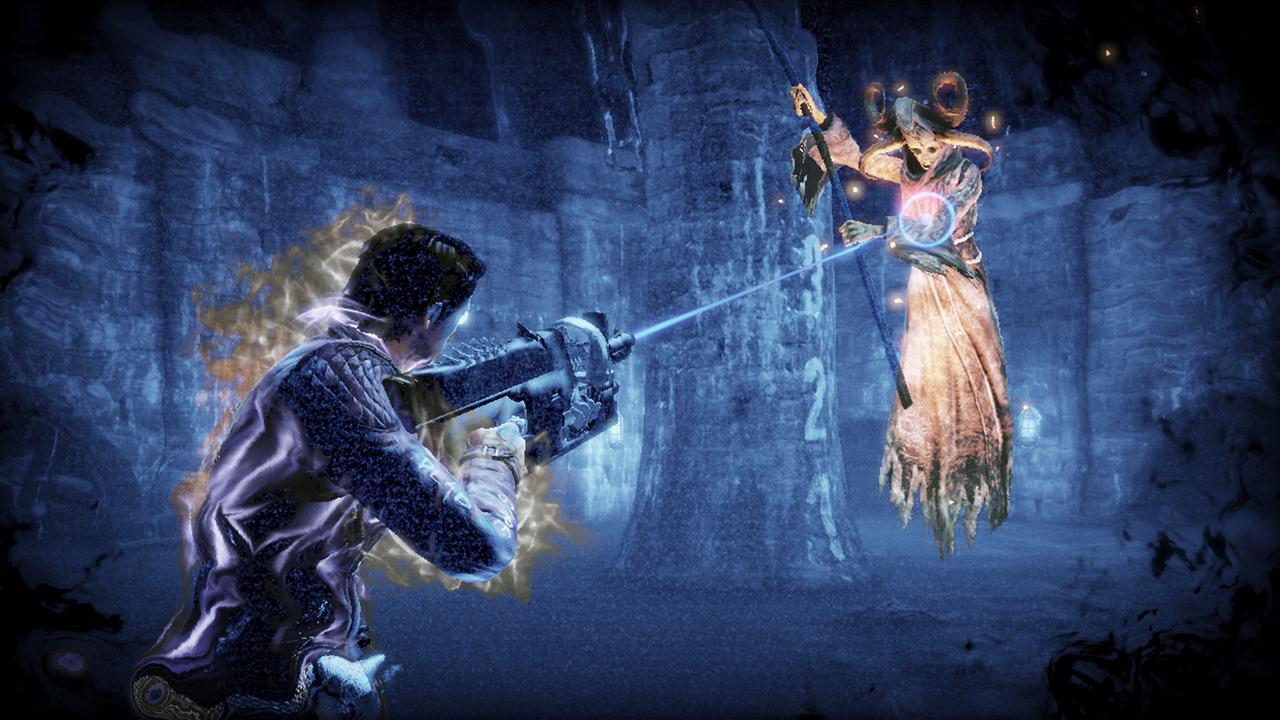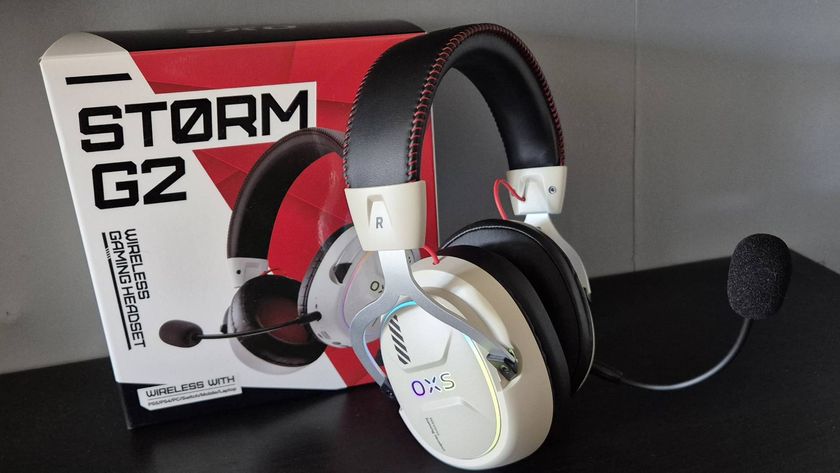12DOVE Verdict
Pros
- +
Shooting hell beasts is always fun
- +
Unique sensibility draws you in
- +
Lowbrow humor eventually wins you over
Cons
- -
Probably too many dick jokes for some
- -
A little too linear
- -
Virtually no replay value
Why you can trust 12DOVE
Gaming is filled with craftsmen and creators, but few dream as big as Suda51. Head of Grasshopper Manufacture, the team responsible for such strange titles as No More Heroes and Killer7, Goichi Suda has often made impressive artistic work, even if the games weren’t always the most fun to play. In fact, some titles were downright broken, though we’d rather play a creative flop by Suda51 than a boring-yet-technically proficient game from some mercenary studio. But what if Suda could actually release something with consistently good gameplay to back up his wondrous insanity?

Thanks to the formation of a game development supergroup, Shadows of the Damned is the closest a Grasshopper game has gotten to making those big dreamsa reality. With help from Resident Evil mastermind Shinji Mikami and Silent Hill creator/composer Akira Yamaoka, Grasshopper has made its most approachable game yet without having to sacrifice Suda’s effed up sensibilities by cutting back on juvenile humor or the horrifying gore.
He%26rsquo;s Garcia Fucking Hotspur
In a callback to most games of the 80s and 90s, all the trouble begins when the hero’s girlfriend is kidnapped. In this case she’s not tied to a chair, she’s dragged through Hell to suffer a thousand deaths, but the journey to reclaim her at the boss’ tower remains Damned’s overriding goal. You play as Garcia Hotspur, a rare Hispanic protagonist and hunter of demons, who lost his beloved Paula to Fleming aka the King of the Hell. Hotspur is out for blood and goes on what some ads would refer to as a “roaring rampage of revenge.”
Garcia’s already a badass when you meet him, offing demons left and right with his all-purpose Johnson, a floating skull that transforms into whatever the situation demands. Most often he needs it to be a gun that makes heads explode, switching between the Boner (standard handgun), Teether (machine gun), and Skullcussioner (shotgun), changing on the fly between the three. Unlike stingier third-person-shooters, you’re rarely lacking in ammo for at least one of these weapons, leaving the variety of ways you kill hideous hell beasts entirely up to you. As you upgrade the weapons the variety deepens and that’s not even taking into account the savage melee kills that include crotch punches and decapitations.
Shadows’ gameplay foundation is built upon the type of controls and presentation that Mikami redefined in Resident Evil 4, and unlike RE5, the style has been updated to fit with the times. You run and gun with ease, switch between aiming and melee at a moment’s notice, deftly dodging an attack, then pulling out your Boner just as fast to take down the offending enemy. Who cares if it doesn’t transform the genre? It improves enough on a familiar set-up, supplying thrilling gaming along the way.

Those controls stand up nearly as well in the boss fights, some of which will really challenge players. Most are fun, but a few get repetitive or have solutions and tricks that aren’t very clearly explained. Despite those complaints, the level-closing battles are the source of some of Shadows most ludicrously entertaining moments, such as when an already-menacing bad guy eats his own heart, then explodes into a bloody mess only to turn into a horse-riding goat-man that eventually grows 900 feet tall after eating that same horse, and then he pisses darkness. How many other games have that?
Those titular Shadows
As in previous Suda games, you should toss aside your preconceived notions of what you thought this game would be, especially with Shadows’ very odd version of Hell. Instead of flaming lakes, Hell more often looks like eerily unpopulated cobble-stone streets, or the creaky old cabin lifted almost directly from the Evil Dead films. The spirit of SotD is a fun mix of horror tropes and giddy gore, with the most interesting wrinkle to the combat reflecting that.

There’s the constant threat of intruding darkness at any time, as the screen blackens with a miasma that will slowly kill Garcia if he’s exposed to it for too long. It feels mildly frustrating at first and then grows into a dynamic that helps ratchet up the intensity. Navigating worlds both light and dark takes speed in movement and accuracy in attacks, while concurrently directing the player where to go. Occasionally the solutions to bringing restorative light to an area are unhelpfully vague, but we came to appreciate the mechanic.
More info
| Genre | Action |
| Description | Combining childish humor with bloody demon murder, Shadows of the Damned pays off on the promise of the creative team of developers involved. It may momentarily waver, but SotD has some of the finest grindhouse fun of the summer. |
| Platform | "PS3","Xbox 360" |
| US censor rating | "Mature","Mature" |
| UK censor rating | "18+","18+" |
| Release date | 1 January 1970 (US), 1 January 1970 (UK) |
Henry Gilbert is a former 12DOVE Editor, having spent seven years at the site helping to navigate our readers through the PS3 and Xbox 360 generation. Henry is now following another passion of his besides video games, working as the producer and podcast cohost of the popular Talking Simpsons and What a Cartoon podcasts.


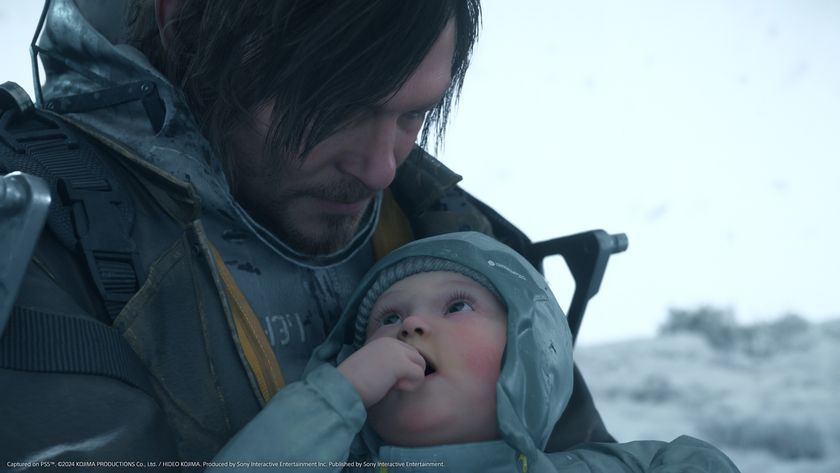



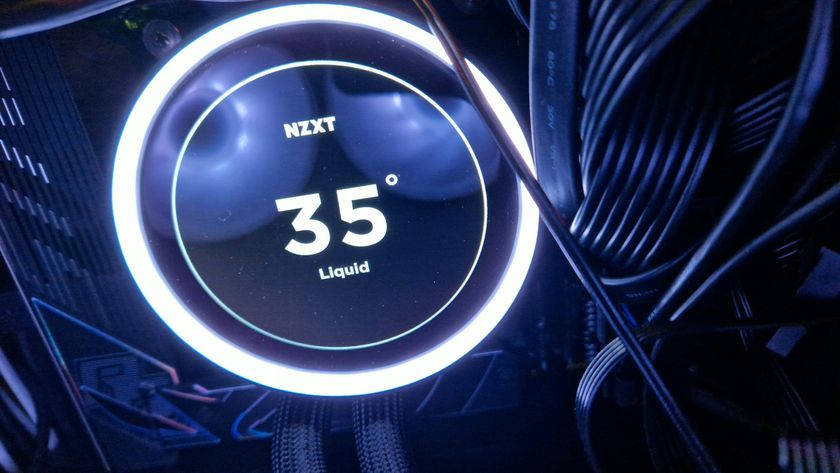


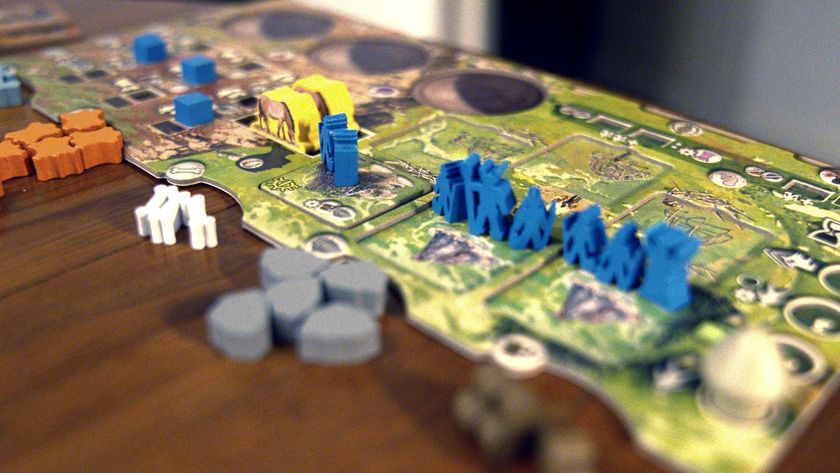



Balatro creator started "properly playing the game myself about a week before launch" and had "a pretty emotional moment" where he realized it's "actually fun"

Hideo Kojima reveals Death Stranding 2: On the Beach release date, and the Collector's Edition includes exactly what I predicted it would

Kingmakers is a strategy game about taking on medieval armies with a gun, but its devs thought the giant mech was too much
